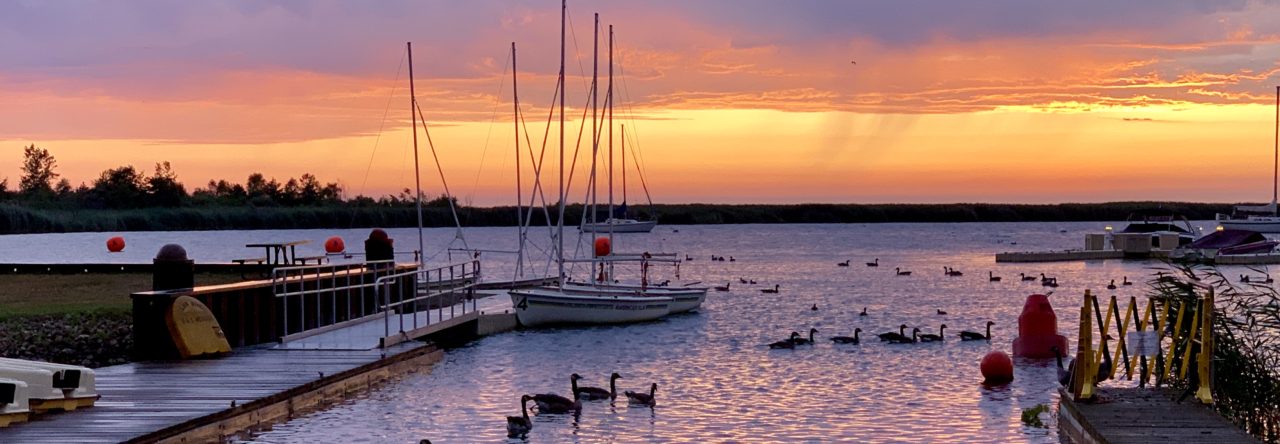As I was looking at my list of things to do in Tokyo, I realized I still had one garden to visit from the article about finding wabi-sabi in Tokyo. I hadn’t had the chance to visit the Kyu-Iwasaki-tei Garden in Tokyo. The Kyu-Iwasaki-tei Garden is located on the north side of Tokyo, near Ueno Park.

It took about an hour and 20 minutes to get there on the train. With the rain gone, it was such a beautiful day, I was happy to be out and about.
The Kyu-Iwasaki-tei Garden was built in 1896. The main residence is a western style building that was owned by Iwasaki Hisaya, the third president of Mitsubishi. The entrance to the Garden leads directly to the western residence. Currently, scaffolding was covering the front of the residence.


The inside of the residence was spectacular. The route to explore the residence allowed visitors to go throughout the two floors.




There is a large two-story porch on the southern side of the house. The east side of the porch is enclosed.




The wallpaper in the house is valuable Japanese leather paper. I took a close up picture of the paper and the large stamping tool.

The western residence is connected to the Japanese residence. Only a small portion of the Japanese residence remains. Tatami mats covered the floors and intricate drawings adorned the walls. The views of the gardens looking out were so serene.




The third building within the garden is the Billiard Room. The Billiard Room is detached from the Western Residence. However, there is an underground passageway connecting the two buildings. The Billiards Room was designed and built like a mountain lodge found in Switzerland. Notice the high ceilings!



The grounds of the garden have been reduced to only a third of the original size. Urbanization has claimed the other two-thirds. The grounds are a blend of Japanese and Western styles. As I walked the grounds, it was easy to be transported away from the bustling city. The garden is distinctively Japanese.







My favorite structure in the garden was the gigantic lantern. It had to be at least 12-15 feet high.


Looking back at the buildings and viewing the large lawn, it is easy to see the western influence. Simultaneously, you can see how close the encroaching buildings are to the garden.



This picture might be my favorite from the day. I like it because it captures the eastern and western gardens and the western residence is in the background along with the urbanization of Tokyo. I think it nicely captures the wabi-sabi of the Gardens.

I imagine this garden isn’t visited very often, because of its proximity to Ueno Park. Most tourist want to visit the many attractions at Ueno – zoo, museums, etc. I have visited Ueno Park (during Sakura season) and honestly, I enjoyed the quiet and serenity of this park much more. I definitely found my wabi-sabi.





















































